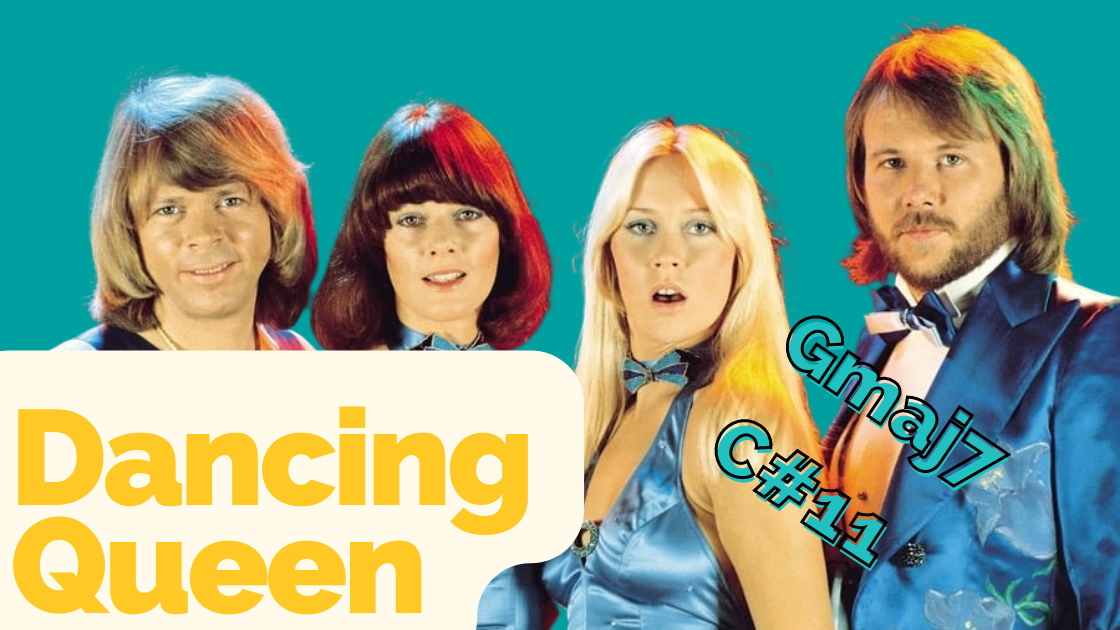The magic of the major 7 in ABBA's Dancing Queen
The 7th scale degree in a major key is magic! We often use it to make the tonic chord sound very lush and sophisticated. But the 7th also a wonderful melodic choice that can make a song iconic. A good example of this is ABBA's classic hit song "Dancing Queen".

The 7th scale degree in a major key is magic! We often use it to make the tonic chord sound very lush and sophisticated. But the 7th also a wonderful melodic choice that can make a song iconic. A good example of this is ABBA's classic hit song "Dancing Queen".
I recently wrote about ABBA and their new ABBA Voyage show, which – despite their hits being half a century old – gives us a glimpse of the future of the music business. Besides all these very interesting tech opportunities in music, good old music theory remains the basis of any successful artist. Maybe even more today than ever. And Dancing Queen is a wonderful example to learn how to write successful songs.
Hanging around a single note
While Dancing Queen has fodder for a dozen music theory analyzes, I want to focus on the use and effect of the major 7th scale degree in the chorus melody.
What is noticeable almost immediately is the monotony of the song's chorus melody. It's basically a repetition of the root note g with a slight chromatic approach from the below f#. While such a melody seems very simplistic from an artistic point of view, it is indeed very effective. Many great hit songs of one-note melodies (check out my analysis of Toto's Africa for example). Simple melodies are above all easy to sing for the audience. Dancing Queen makes it very easy for ABBA's fans to sing along without worrying about pitch!